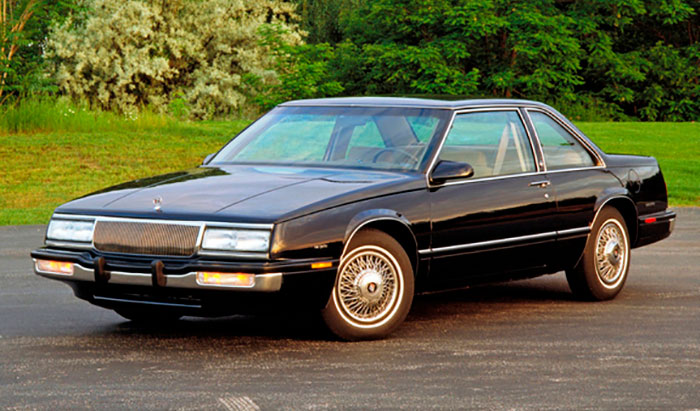1967 Lamborghini Marzal
The Lamborghini Marzal, which debuted at the 1967 Geneva Motor Show, was never intended to be a production car. According to Ferruccio Lamborghini, it was a pure concept developed by Marcello Gandini of Bertone, although features would eventually be included in the production Espada. It would, however, live on in the minds of fans as miniature toys created by Dinky and Matchbox.
1967 Dino 206 Competizione Prototipo
This Paolo Martin-designed vehicle, inspired by the Dino-engine-powered Ferrari sports vehicles raced at Le Mans, was one of his first for Pinin farina. While the racing Dinos' appearance bears a strong familial resemblance, most of the design was entirely new, with the goal of breaking aerodynamic boundaries.
1967 Fiat Dino Parigi
This shooting-brake version of the Fiat Dino got its moniker from the 1967 Paris Motor Show, when it debuted. While it was an exploration of the shooting-brake approach, it also tested the aerodynamics of Kamm-tail designs. The Parigi, one of three Pininfarina designs based on the Fiat Dino chassis, allowing Paolo Martin to experiment with aerodynamic ideas.
1968 Alfa Romeo 33 Carabo

As gorgeous as the Alfa Romeo 33 Stradale was, it was prohibitively expensive to purchase and extremely complex to manufacture for race team Autodelta. That model was planned to be a road car homologated for racing, but Alfa Romeo was unable to sell five, so the chassis was handed over to the crème of Italy's design ability. Marcello Gandini's Carabo is widely regarded as the most influential concept car, thanks to its scissor doors, which have since become a characteristic of supercar design.
1969 Alfa Romeo 33 Iguana
Giorgetto Giugiaro, like Gandini, was a pioneer of wedge-shaped design. Elements of this can be found in his 33 Iguana concept, one of the first for his budding Ita Design firm. It was originally built on a 33 Stradale but later had its engine replaced with one from an Alfa Romeo Montreal. Its brushed-metal roof frame and cabin pillars would later influence Giugiaro's De Lorean DMC-12, while the design also incorporates aspects of the Alfetta GTV and Maserati Bora.
1970 Lancia Stratos Zero
Another Marcello Gandini masterpiece, this Lancia derived its name from the stratosphere and was appropriately sci-fi. Based on a crashed Lancia Fulvia HF1600 rally vehicle, it has a maximum height of 84cm (33in), a dashboard that you climb up the front of the car to access, a retractable steering wheel, and a then-novel digital control screen.
The subsequent Stratos road/rally car would incorporate certain elements from this concept, but it would also serve to define the wedge form as the cutting edge of automotive design. You may also read this: 2024 Mercedes-AMG SL63 SE Performance
1971 Maserati Boomerang

Arguably one of Giorgetto Giugiaro's most important creations, this one-off made its static debut at the Turin car show in 1971, and Maserati Bora underpinnings were created a year later for the Geneva exhibition. Designed as a utilitarian vehicle, it would influence Giugiaro's ideas for years to come, including the Lotus Esprit, VW Golf Mk1, Lancia Delta, and De Lorean DMC-12. If the outside was wild, the inside was equally so. The steering wheel and instruments form a single console that extends from the dashboard, with the wheel turning around the instruments.
1974 Lamborghini Bravo
Unlike many concept cars, which seldom exceed 100 miles even when completely functioning, the Bravo was tested for more than 40,000 miles before being shown in the Lamborghini Museum and ultimately sold. Marcello Gandini of Bertone designed it as a replacement for the Urraco and powered it with the same car's 3-litre V8 engine. Only one was created (albeit the color changed numerous times), and while it did not go into production, certain aspects were adopted into the Lamborghini Countach.
1974 Maserati Medici
Replacing the original Maserati Quattroporte proved to be a difficult task, yielding several concept cars and only a handful of production vehicles until Alejandro de Tomaso abandoned the II and moved on to the III. One step along the road was the Medici concept car project, which featured two designs by Giorgetto Giugiaro. The Medici I, pictured below, had six seats, with the middle row not facing the direction of travel. The Maserati Indy-based machine made its premiere at the 1974 Turin Motor Show. Two years later, it was reopened with only four seats but a bar, fridge, workstation and file holder, as well as a television and radio.
1976 Ferrari 308 Rainbow
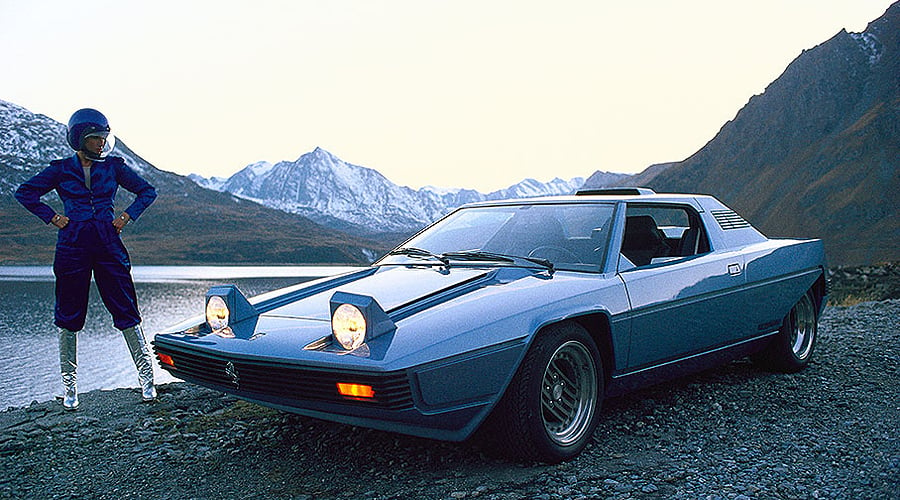
Marcello Gandini's Ferrari 308GT4 is one of the most divisive Prancing Horse V8s ever produced, and it has only just began to be recognized for the attractive design it has always been. We were most likely denied something like the Rainbow, which employs 308 underpinnings, because to the unfavorable reaction of the automobile around that time. It has a unique, one-piece targa-style roof that rotates 90 degrees before being stored between the seats and engine.

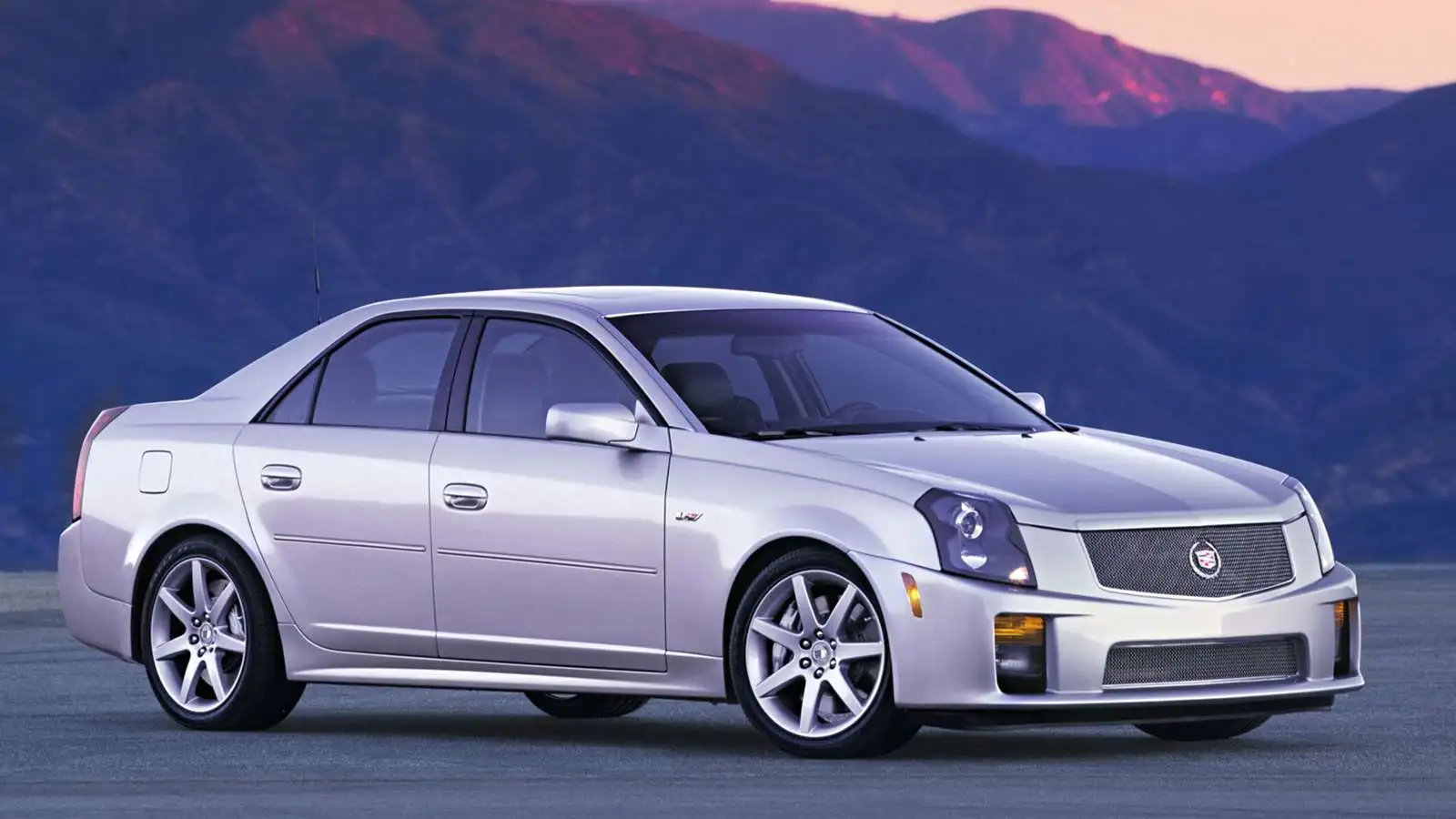
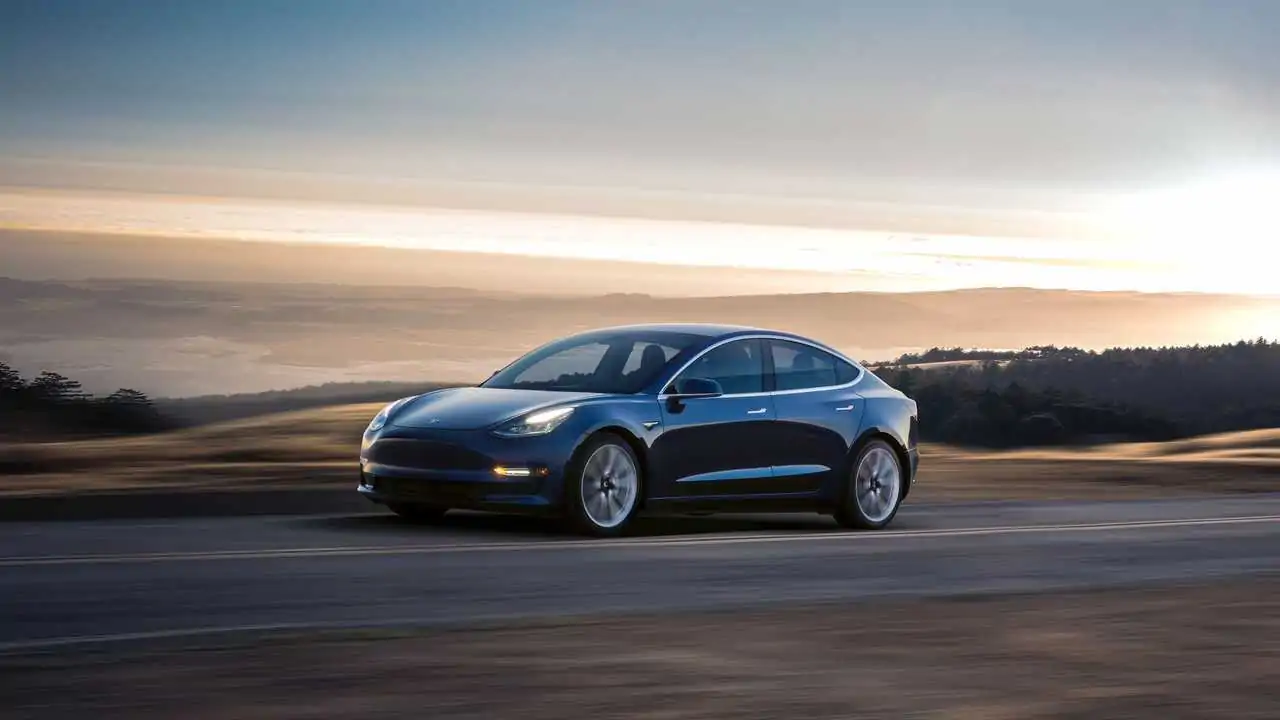
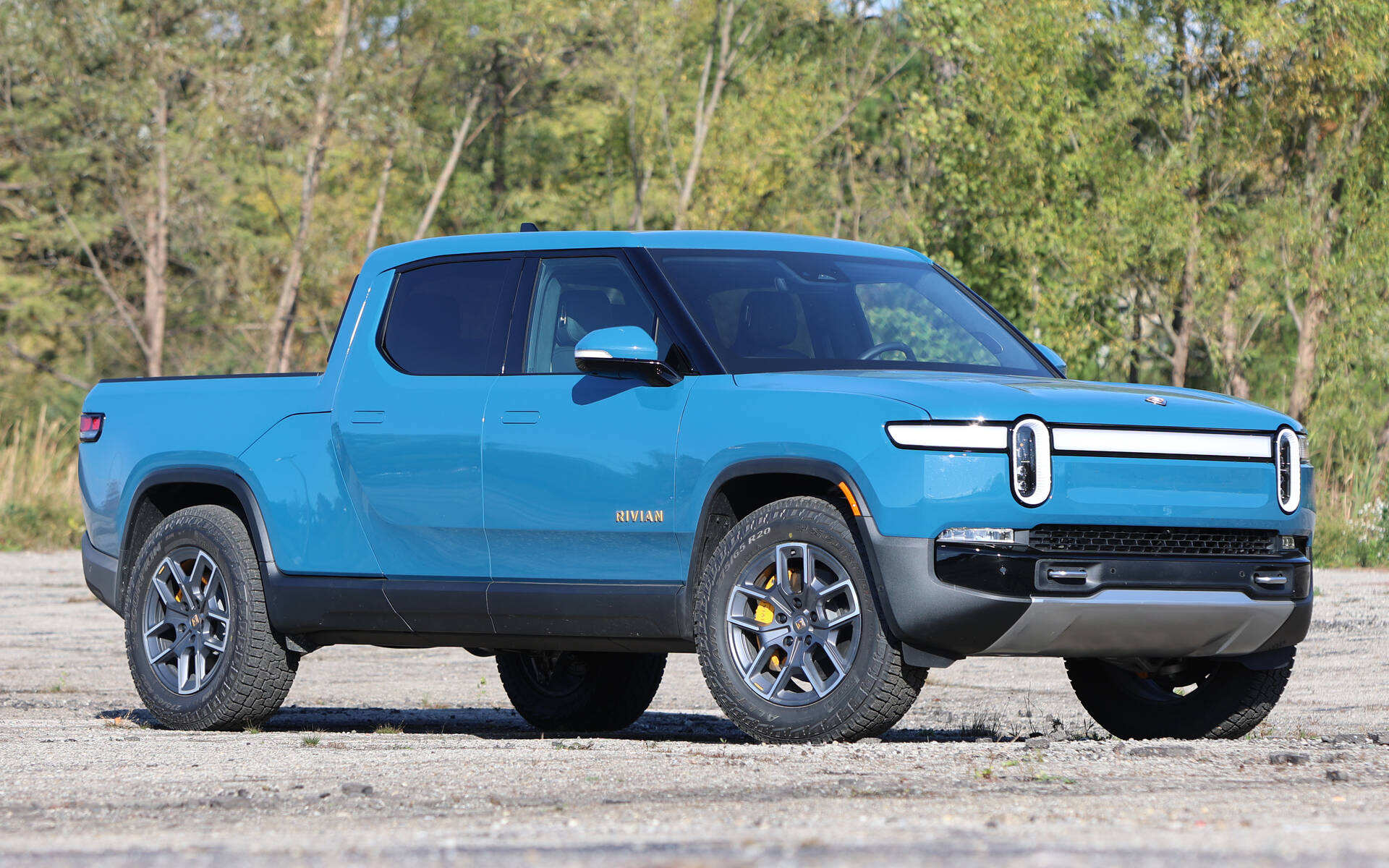
.webp)
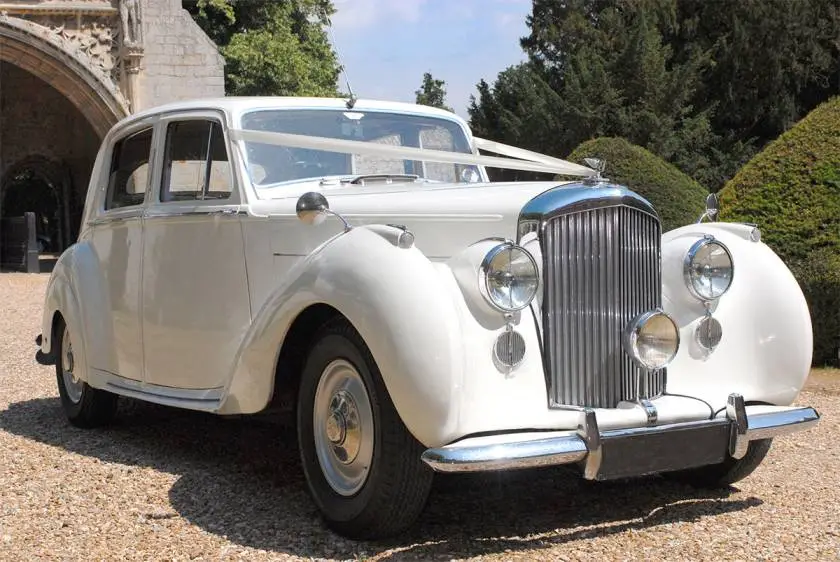
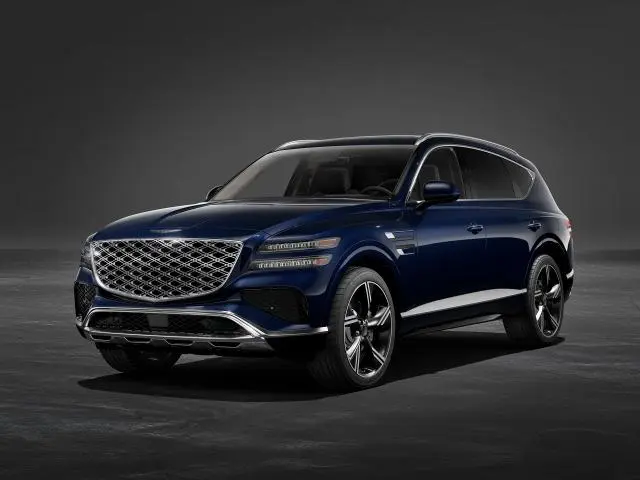

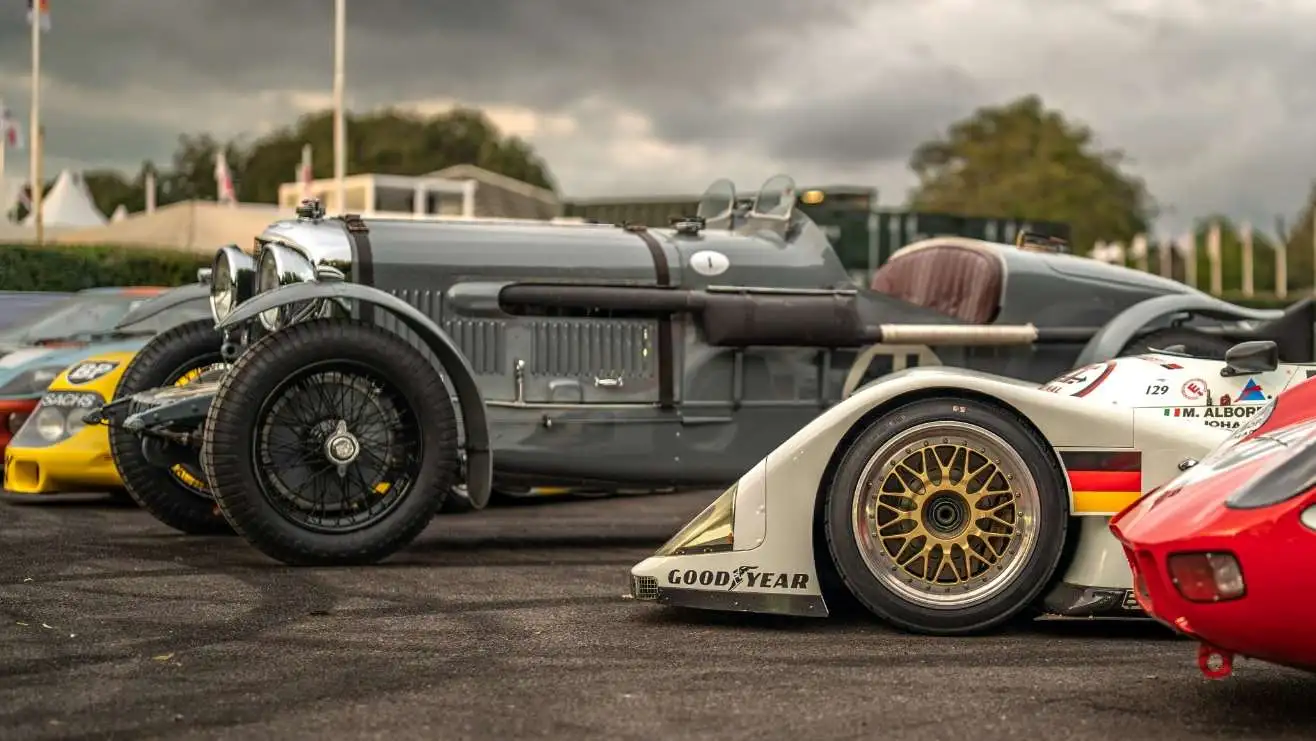
.jpg)


